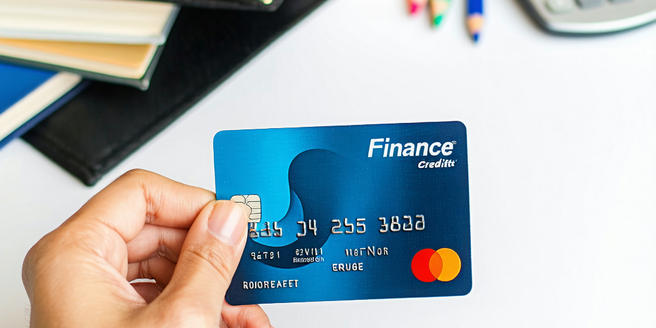
Understanding No Fee Cards
No fee cards offer numerous advantages for students seeking to establish financial independence without the burden of additional costs. Traditionally, credit cards come with annual fees that can deter new users. However, no fee cards eliminate this barrier, making them an attractive option. They provide a way for students to start building credit while managing their expenses efficiently. Many no fee cards also offer rewards and cashback opportunities, adding value and incentivizing responsible spending. Understanding the terms of no fee cards is crucial, as some may have hidden charges such as foreign transaction fees or APRs that kick in after an introductory period. Therefore, students need to research and compare different no fee card offers to find the best match for their financial needs and lifestyle. Educating oneself on these options ensures better financial decisions.
Benefits for Students
No fee credit cards provide several benefits specifically tailored for students. As young adults start to manage their finances independently, these cards offer a risk-free entry into credit management. One of the primary benefits is the cost-saving aspect—there are no annual fees. This is especially beneficial for students with limited budgets. Additionally, using a no-fee card helps to build a credit history, which is essential for future endeavors such as renting an apartment or purchasing a car. Many cards also offer cashback on purchases, rewards points, and discounts on student-centric services like streaming plans or school supplies. They teach financial responsibility through manageable credit limits, preventing overspending. Overall, these student-focused features help facilitate responsible spending while allowing students to enjoy perks without additional costs, which are vital for a balanced financial start.
How to Qualify for a Card
Qualifying for a no fee card as a student is relatively straightforward, with the primary requirement typically being enrollment in a college or university. Some card issuers offer specialized student cards with lenient approval criteria, recognizing that students might have limited or no credit history. Applicants often need to provide proof of stable income, which could be part-time jobs or assistance from a guarantor, to demonstrate they can manage payments. Additionally, some issuers might require a minimum GPA for eligibility. To improve qualification chances, students should focus on maintaining good academic standing and having a basic understanding of credit management. Starting with a secured credit card with deposits as collateral can also be a strategic step. By following these steps, students can successfully build their credit profiles early on in their academic careers.
Top Card Picks for Students
Selecting the right no fee card can be an overwhelming task, given the myriad options available. However, some cards consistently stand out for students due to their unique perks. The Discover it® Student Cash Back card offers rotating 5% cashback categories and rewards for maintaining a high GPA. The Journey® Student Rewards from Capital One® card features a simple flat-rate cashback model with an option for higher limits based on on-time payments. The Deserve® EDU Mastercard for Students provides Amazon Prime Student membership, a desirable perk for shopping online. Among these, students need to evaluate their priorities, be it cashback, rewards, or specific deals, to find the best fit. Each of these cards provides a fantastic start to financial wisdom without the burden of annual fees.
Managing Card Expenses
Effectively managing credit card expenses is crucial for students to avoid debt accumulation while benefiting from no fee cards. The first step involves setting a budget to track monthly expenses meticulously and identifying areas of overspending. Utilizing budgeting apps or creating spreadsheets can provide real-time insights into financial habits. Paying off the balance in full each month is essential to sidestep interest charges, as well as keeping the credit utilization ratio low to maintain a positive credit score. Setting up automatic payments ensures timely bills and protects against penalties, which can impact credit standing. Additionally, regularly checking credit card statements for discrepancies helps catch unauthorized transactions early. Educating oneself about financial literacy, understanding terms and conditions, and practicing disciplined spending are keys to harness the benefits of no fee cards without incurring additional financial strain.
Building Credit Responsibly
Building credit responsibly as a student with a no fee card involves several smart strategies. First, understanding the importance of on-time payments cannot be overstated. Missing payments can severely damage one’s credit score. Using the card for small, manageable purchases, and paying off the balance promptly, can demonstrate creditworthiness. Keeping the credit utilization ratio below 30% is advisable to reflect good credit habits in credit scores. Regularly monitoring one’s credit report can help in identifying errors or suspicious activities, allowing for timely corrections. It’s also beneficial to avoid opening multiple new accounts simultaneously, as this can lower the average account age, impacting the credit score negatively. By adopting these practices and continuously learning about credit management, students can establish a robust credit foundation that will benefit them well into their future financial endeavors.
